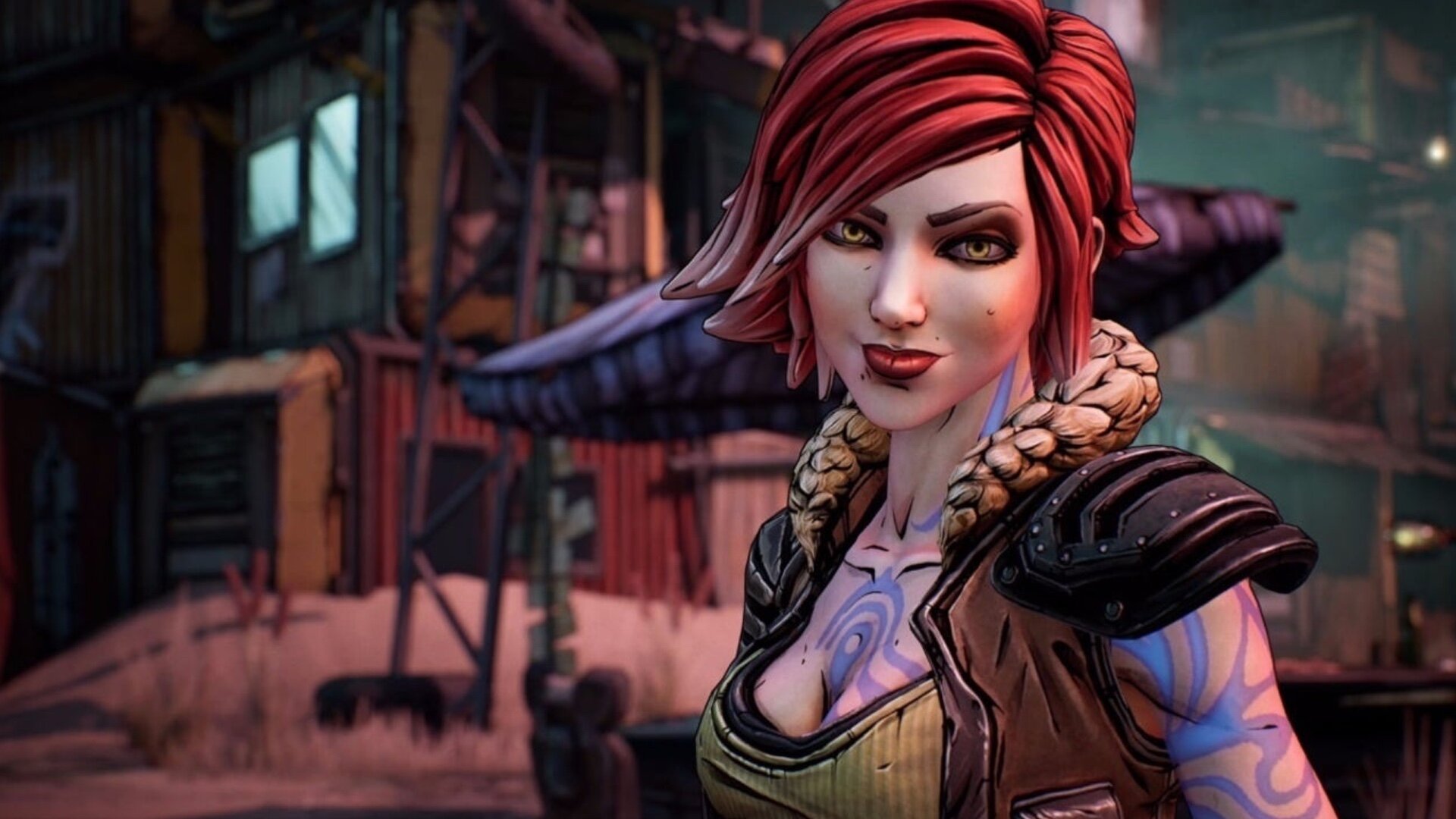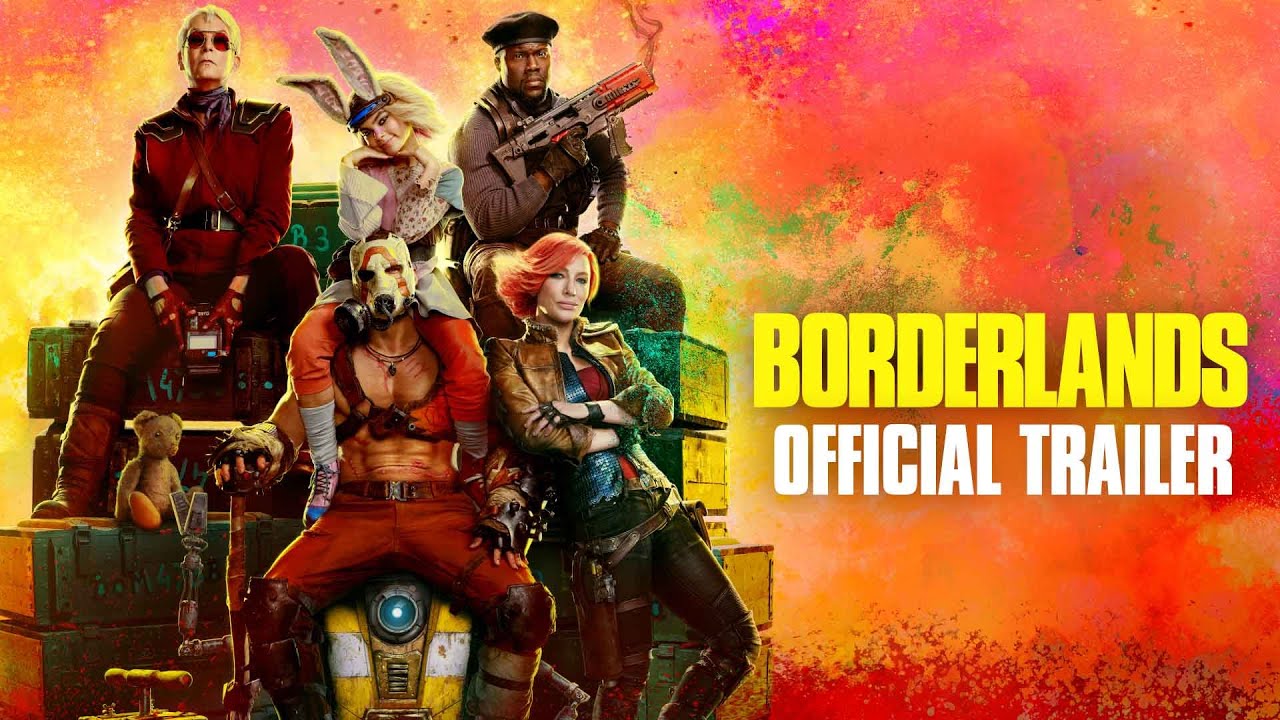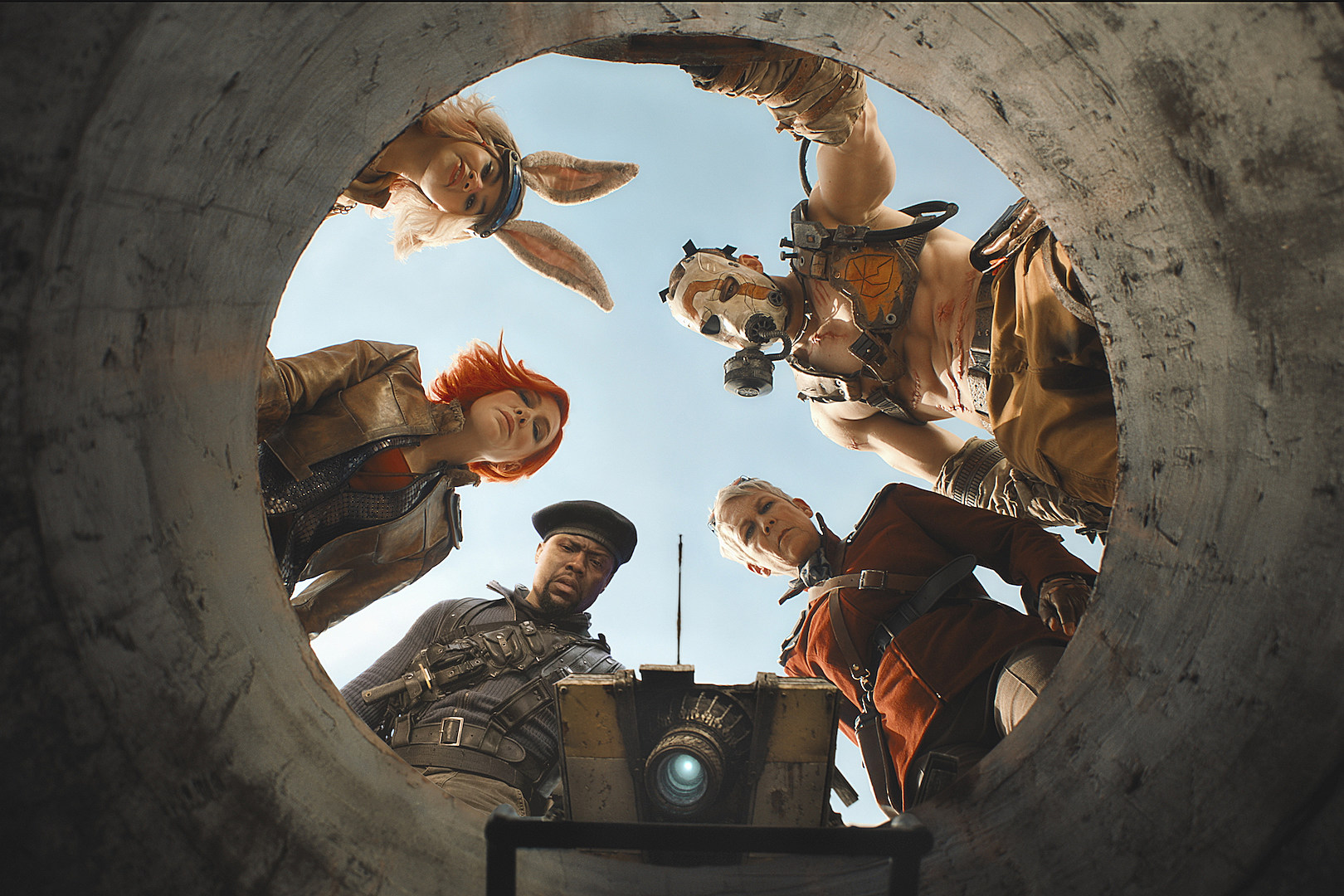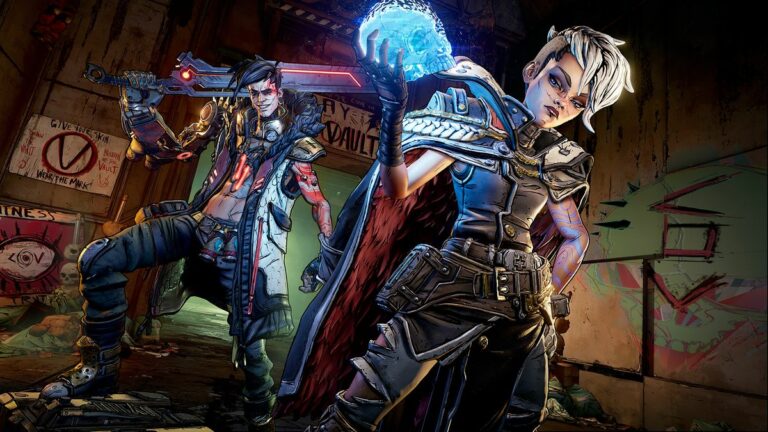As August 2024 approaches, the anticipation surrounding Eli Roth’s adaptation of the iconic video game Borderlands grows. Announced nearly nine years ago, this film project, starring Cate Blanchett and Kevin Hart, has undergone numerous script revisions and production delays. The recently released trailer has evoked mixed reactions, highlighting a persistent concern among fans: the adaptation’s choice of format. While the game’s rich narrative and visual style are uniquely suited for an animated series, the decision to produce a live-action film could be a missed opportunity to fully capture the essence of the original game.

Why Animation Could Have Been the Superior Choice
Borderlands, known for its vibrant, cel-shaded visuals that closely mimic comic book aesthetics, naturally lends itself to animation. This distinctive style, combined with the game’s sprawling narratives and elaborate character arcs, suggests that an animated format could offer a more faithful and effective translation from game to screen. Animation could provide the necessary depth and flexibility to explore the complex world of Pandora and its inhabitants, something a two-hour cinema slot might struggle to achieve.

Critics and fans alike have drawn comparisons between the Borderlands film’s visuals and the comic-book flair of James Gunn’s Guardians of the Galaxy.
However, the fundamental difference lies in the potential of animated storytelling to delve deeper into the lore and nuances of its source material, which is especially crucial for a franchise as layered as Borderlands.
Lessons from Successful Animated Adaptations
The success of Netflix’s Castlevania, adapted from Konami’s game series, underscores the effectiveness of the animated format in handling video game adaptations. Praised for its fidelity to the original game’s Gothic atmosphere and complex storytelling, Castlevania has set a precedent that Borderlands could have benefited from following. Similarly, other adaptations like the award-winning Arcane: League of Legends and Dragon Age: Absolution have demonstrated that animation can enhance the narrative depth and visual impact of their respective source games.
Take Two Interactive has acquired Gearbox Entertainment, the maker of the ‘Borderlands’ video game series, for $460M in stock. pic.twitter.com/69FEZPGb30
— ScreenSpot 🎥 (@screenspot) March 28, 2024
The Ensemble Cast: A Beacon of Hope?
Despite reservations about the format, the star-studded cast of Borderlands offers some hope. Cate Blanchett as Lilith, Kevin Hart, Jack Black, Ariana Greenblatt, Jamie Lee Curtis, and Edgar Ramírez make up an ensemble that promises dynamic performances. The film follows Blanchett’s character, Lilith, a notorious outlaw who returns to her home planet Pandora to form an alliance with an unexpected team, aiming to capture some of the original game’s spirit.

A Reflection on Adaptation Choices
As the industry continues to explore the best practices for adapting video games into films and series, the choice between animation and live-action becomes significant. The Borderlands movie, set to be released in theaters on August 9, 2024, represents a pivotal moment for game adaptations. Whether it will justify the choice to forsake an animated approach for a live-action one remains to be seen. However, the example set by successful series like Castlevania and Arcane suggests that animation might have been the safer, perhaps more rewarding path.
In conclusion, while the excitement for Borderlands‘ cinematic release is undeniable, one can’t help but ponder the potential of what an animated series might have offered. As we count down to the film’s debut, it’s clear that the adaptation’s success will heavily rely on its ability to transcend the limitations of its chosen format to capture the true essence of the beloved game.

